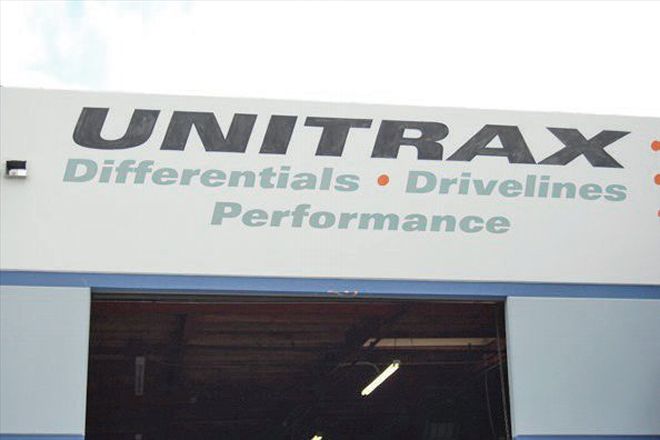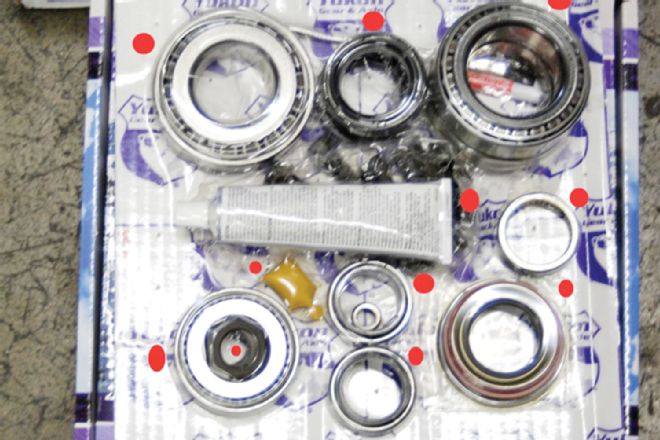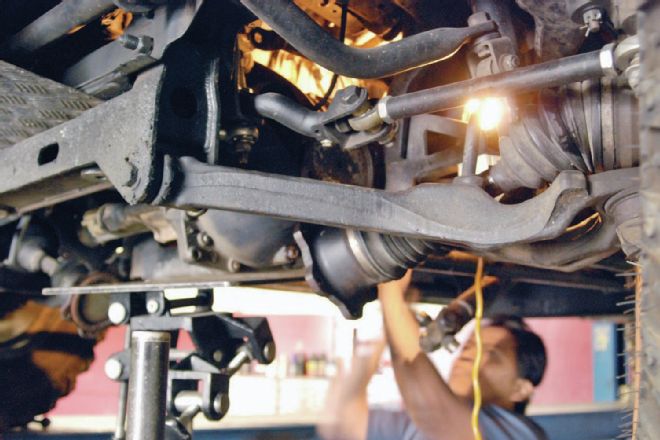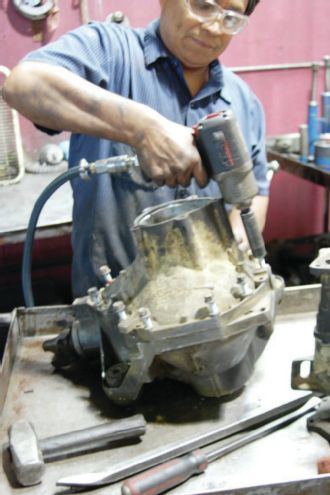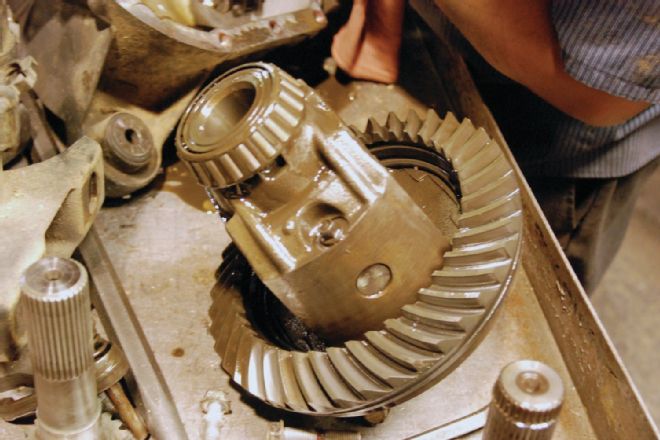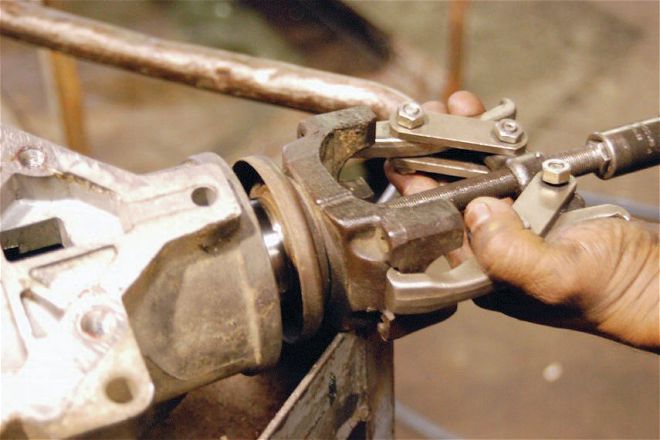2002 2500hd Duramax Gear Rebuild - Gears Not Tears
There's no debate that diesel-powered pickups are making more power than ever, and when you combine that with a big lift, it puts more strain on the rear end gears. When you put 37-inch-tall tires on a diesel truck, it's the icing on the cake. We've made all of the aforementioned mods to an '02 2500HD Duramax, and with the truck creeping up on 220,000 miles, it was time for some new gears.
The rear end on the 2500HD is massive looking, and once you take everything apart it looks like someone could sleep in it. Once the oil was drained and the odor somewhat gone (caused by the metal shavings and fried bearings), the job was started in earnest. The whole process was completed by Ernesto Rodriguez (this guy is awesome), who has more than 25 years experience.
Ernesto works for Jerry King, the mastermind at Unitrax in Anaheim, California. These guys know gears—from big rigs to Z06 Corvettes and Vipers, they can do it all. For most people, changing gears is best left to the experts. You don't want to mess with anything that makes the power touch the pavement. Most people don't know you're dealing with shims, backlash, preload, and other complicated stuff.
The plan for this truck is to replace everything with new parts. Yukon sent us everything needed to tackle the job, including two complete master rebuild kits for the front and rear. Plus, we put new 4:11 gears from Yukon on a brand-new Eaton TrueTrac locker. This truck is used and abused—like it should be—and tows 35-foot trailers often for the studios.
The following photos depict the install process of the new parts. From start to finish, we'll show you the replacing of gears, bearings, and more. Most of the labor is taking the front end of the truck apart, since it's a GM IFS system. We got lucky, as the shims and backlash were perfect on both installs, so it saved a lot of time. To protect your parts investment, a proper break-in cycle is needed after installing the gears. You need to put 500 miles on the truck before any heavy towing is allowed. After 500 miles, drain and replace the oil, and you are good to go.
A word of advice: If you're going to be keeping your truck for the long run (like most do), changing the front and rear gears on your rig is key to longevity. You have no idea the things that go on inside the differential. It is a chunk of change, but well worth it. And your truck will thank you by achieving better mpg.
